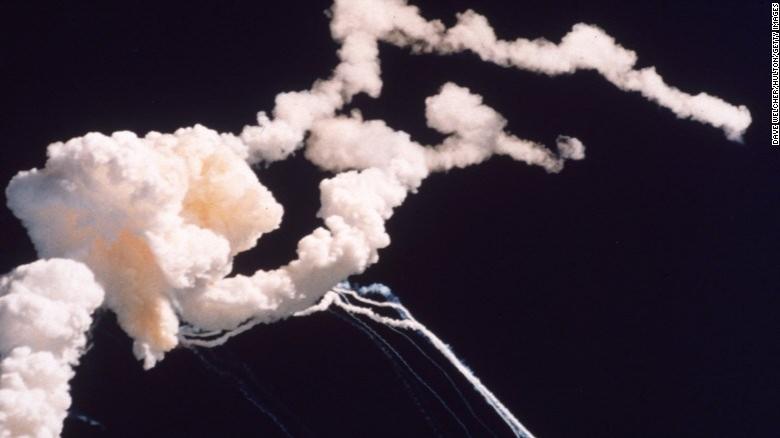30th Anniversary of Shuttle Disaster Has Deep Meaning for Me

January 28, 1986. It was my Pearl Harbor, my 9/11. I was a senior in high school living in Atlanta. I didn't have school that day. We had a snow day (not much snow fell.) I remember watching tragedy unfold before my eyes as the Space Shuttle Challenger exploded right before my eyes. Television coverage continued the entire day into the night. We all were glued to what happened and kept hoping for a different outcome. That never happened.
The cause was determined to be a failed booster engine. Weather was also said to play a major role in the disaster with sub-freezing temperatures at the time. The shuttle did not explode, the external fuel tank collapsed because of the joint failure and the collapse resulted in the release of its liquid hydrogen and liquid oxygen propellants. Those propellants mixing together created the fireball seen in videos of the disaster. The shuttle itself , the craft minus the fuel tanks, remained intact and continued to climb. Eventually, aerodynamic forces were too much for the shuttle to handle without the aid of the external tanks which had broken off the ship. The tail section, the wings and the main engine section broke apart and began to fall to Earth. It was followed by the remaining pieces of the shuttle, including the crew cabin.
The crew likely survived the accident and even the shuttle being torn into pieces. The question remains, however, were the astronauts conscious as the crew compartment fell from the sky and slammed into the ocean at 207 mph? There was evidence that emergency oxygen tanks were manually activated, suggesting the crew tried to do something to save themselves.
The shuttle program was put on hold after the accident and wasn’t resumed until 1988 after upgrades were completed and tested. The shuttle program ended in 2011.
